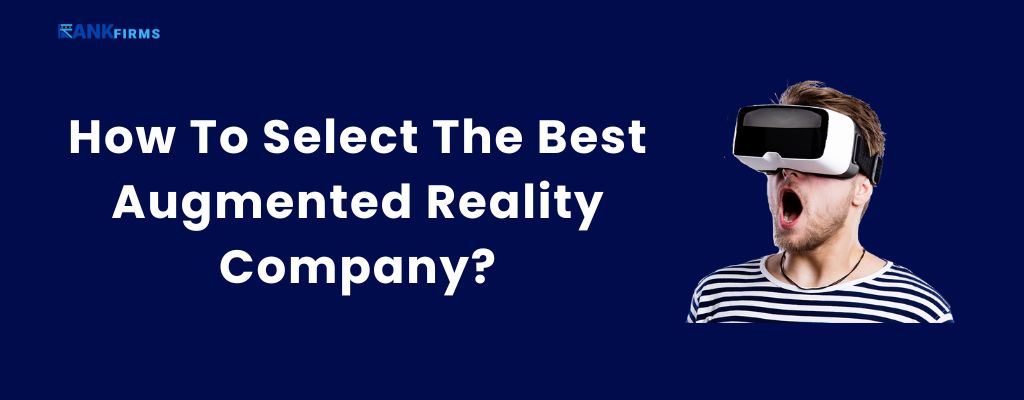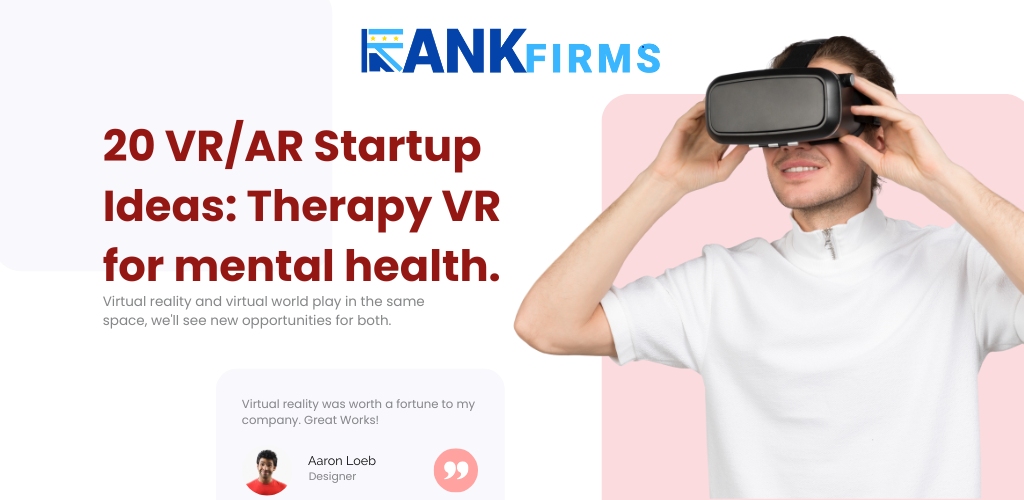What is Augmented Reality (AR)
The real-time integration of digital information with the surroundings of the user is known as augmented reality (AR). Users of augmented reality (AR) encounter a real-world environment with created perceptual information superimposed on top of it, as opposed to virtual reality (VR), which produces a completely fabricated environment.
1. Importance of Augmented Reality (AR)
The term Augmented Reality (AR) has been in the IT world’s lexicon for over three decades. Nobody expected AR to become a popular technology for the general when it was initially offered by Boeing as an internal tool to improve the design. In reality, no one could have predicted that AR apps would be so widely distributed.
But we all know how quickly AR has become a part of everyday life. The virtual reality experience provided by AR has grown so prevalent that it is no longer considered an exotic technology. That is unquestionably excellent news for businesses. Especially when businesses wish to communicate with clients electronically but cannot afford to do so in person.
Here’s a question that most astute businesspeople would ask. Is it worthwhile to invest in Augmented Reality app development? What advantages of augmented reality justify the commitment of time, money, and resources?
Here is a quick brief of the benefits of Augmented Reality.
2. Creates one-of-a-kind customer experiences in Augmented Reality
The most significant advantage of Augmented Reality is that it produces one-of-a-kind digital experiences that combine the finest of the digital and physical worlds. It also does not require any specific gear or software to enjoy the experience.
Augmented Reality may be experienced with standard cellphones and mobile apps. Indeed, recent advancements in AR have enabled immersive experiences to be accessed via web browsers.
Now, what distinguishes AR experiences from other types of experiences? The most common audio-visual encounters we are aware of are in either the physical or digital realms. For example, augmented reality combines two realities. It layers digital components on top of physical components, resulting in a mirage appearance.
When approaching a tourist spot, for example, people may aim their cellphones towards it. When viewed via the screen, the AR app displays digital snippets, allowing the user to ingest both physical and digital information at the same time. The Apple Park Visitor Center is a prime example of this.
Visitors to the Apple Park Visitor Center may use an iPad to explore the area at different times of day and night.
3. It reduces cognitive overload.
Have you ever attempted to fix a car with a manual? If not, try it and you’ll immediately understand what a horrible idea it is. Nothing against support manuals and documentation, however, they rarely assist novice users to understand how to solve things. Especially if it is a new model that differs from prior automobile models and engineering.
The cognitive information load is what we’re talking about here. Cognitive overload occurs when your working memory is forced to process far more information than it can easily manage. When you cannot handle it, you become frustrated and your decision-making suffers. This is precisely why novice users failed to solve things by referring to extensive and complex help articles.
Can Augmented Reality help with this issue? Augmented reality displays data in neatly summarised digital pieces. It saves the user from having to analyze too much information in order to reach a decision.
AR can assist users to make rapid decisions without cognitive overload, whether it is to identify a component by size or to see the popularity of a restaurant with a star rating.
4. Increases user engagement
When it initially became popular, Augmented Reality was mostly seen as a game and entertainment technology. However, over time, it has evolved into a number of different use cases that can bring significant financial benefits. One such benefit is increased user engagement.
If there is one objective that most business executives will prioritize in 2021 and beyond, it is enhancing user engagement. User involvement serves as a springboard to a slew of other advantages. From increased spending to increased brand loyalty, there are several benefits for both a new and existing organization. The difficulty is to serve the correct information to the right user at the right moment so that they interact.
Because of the enormous user base, marketers were able to connect with people primarily through print years ago. However, by 2020, it is expected that 83.1 million US customers would have used AR on a monthly basis (three kits)
Scannable product labels, interactive marketing, catalogs, and retail signage are just a few examples of how AR may be utilized to increase consumer engagement. Users are drawn to the technology because of its novelty and ability to offer information in a rapid and snackable manner.
To provide a real-world example, Pepsi’s bus stop advertisement in London drew more attention and eyes than any print or television advertisement. It was accomplished with the assistance of Augmented Reality. Perhaps the finest campaign demonstrating the benefits of Augmented Reality in Advertising.
4. How to select the best Augmented Reality company?
The future lies in augmented reality. Augmented reality strives to enhance the actual world by superimposing the digital instead of virtual reality, which aims to immerse users in its own digital environment entirely. By 2021, it’s predicted that over 2.4 billion people will be utilizing this ground-breaking technology.
Make sure you’re working with the top augmented reality firms if you want to implement augmented reality into your company. But how can you tell which AR firms are the most suitable for you?
You will learn all you need to know about how to pick the best-augmented reality development business.
- Determine whether the service works with businesses of your size.
- Explain your budget for the app development project in detail.
- Check to see whether the supplier is willing to grow or reduce your equipment based on project needs.
- Check to see whether the supplier is willing to grow or reduce your equipment based on project needs.
- Inquire about the provider’s team’s communication channel. Is the team, for example, using an agile methodology? Is it based in your nation or elsewhere? Is the team working on your augmented reality development available?
- Check to see whether the supplier team says no to unreasonable requests or timelines. Because skilled developers will always inform you when your requests are unreasonable and will appropriately assist you through various areas of the development cycle.
- Determine exactly what design services you want, and an AR development business will supply them.
- Understand the many components of the cost of developing an AR application. Is the seller’s business based on a set price or a time and material model? Is there a pattern of hidden fees?
- Describe your objectives and what you need to accomplish. As a result, it has values to measure against, and you may combine the specialties required to achieve those goals with the services provided by the supplier.
That brings us to the end of this list. We have tried to state as many pointers as possible, we hope this helps you in choosing the perfect one for your business.






